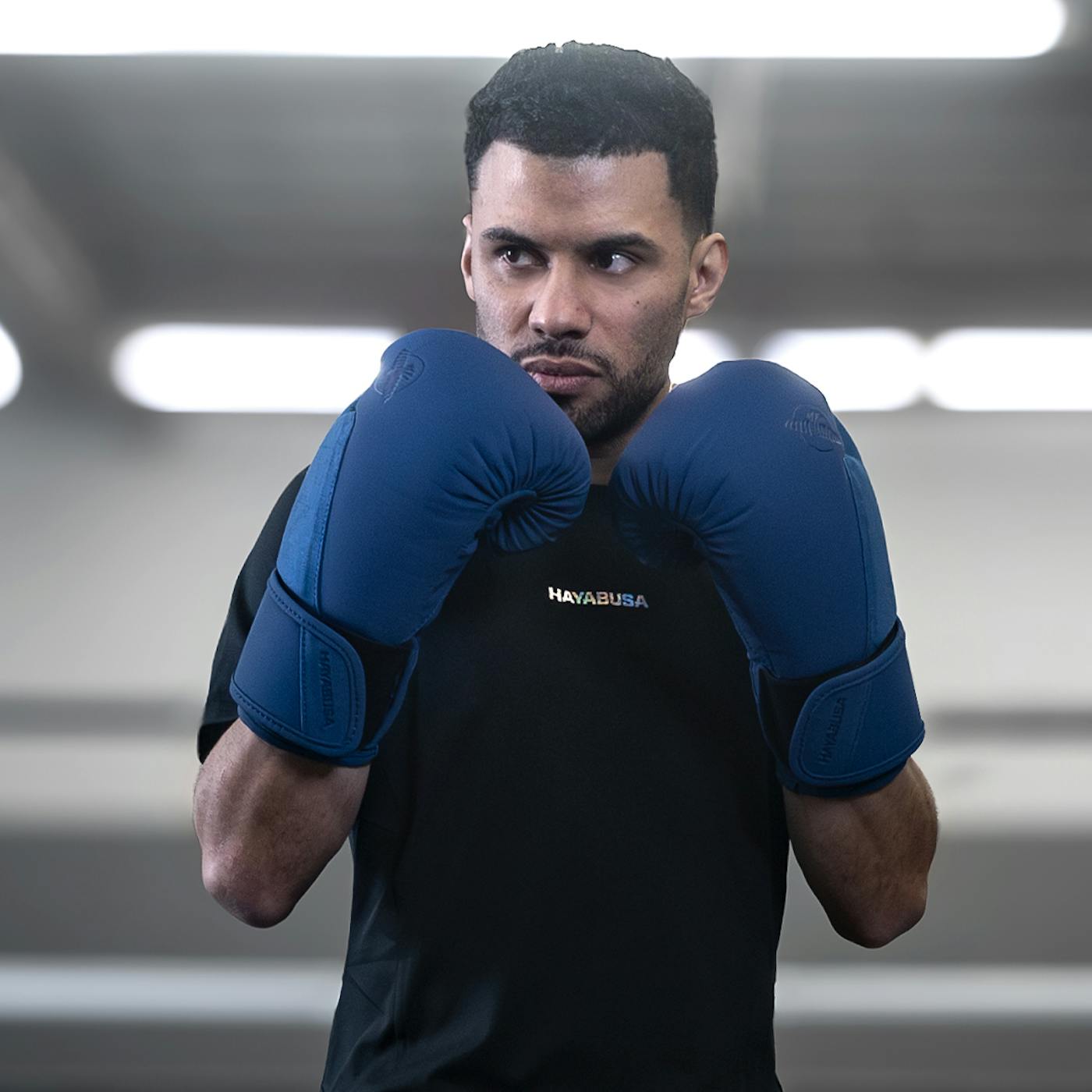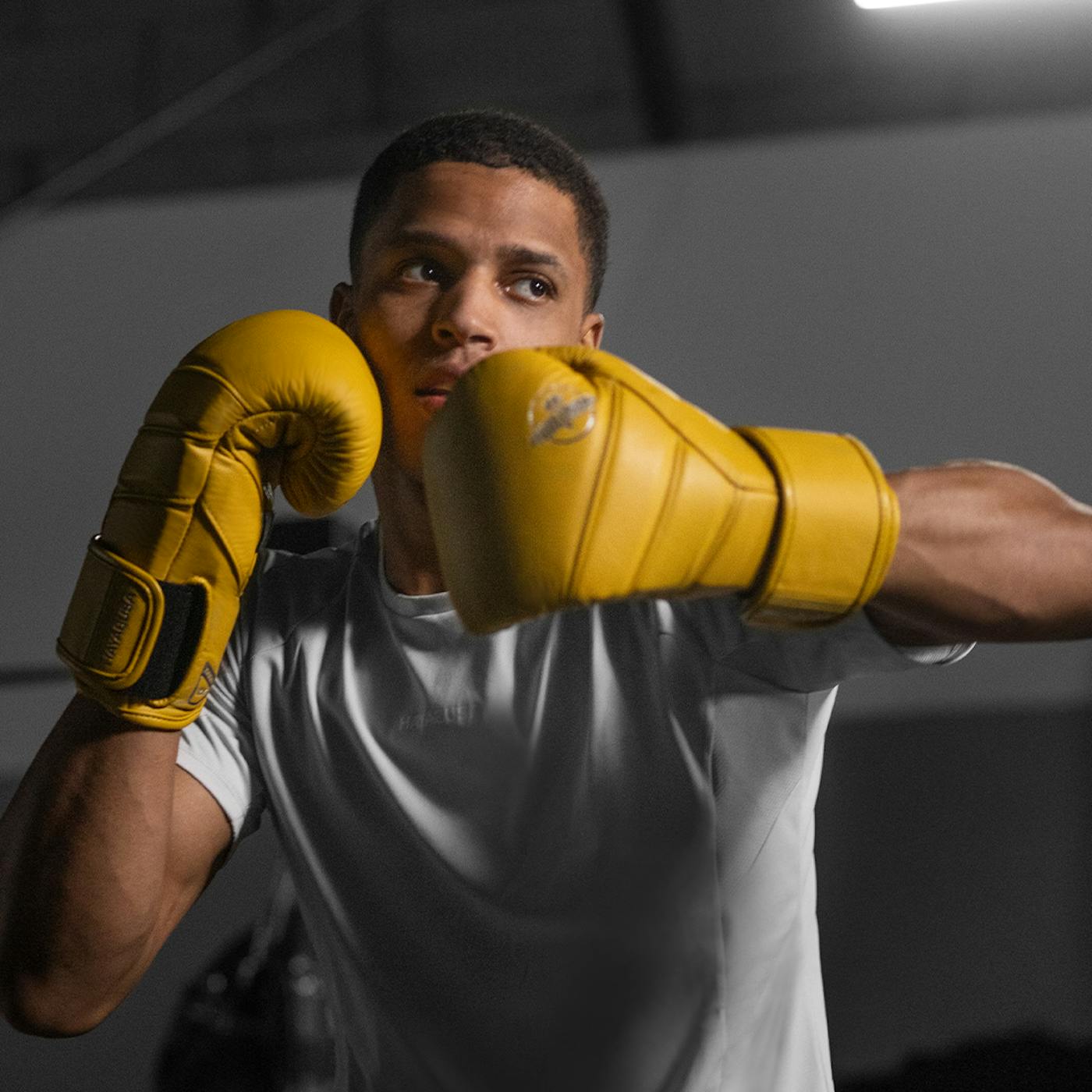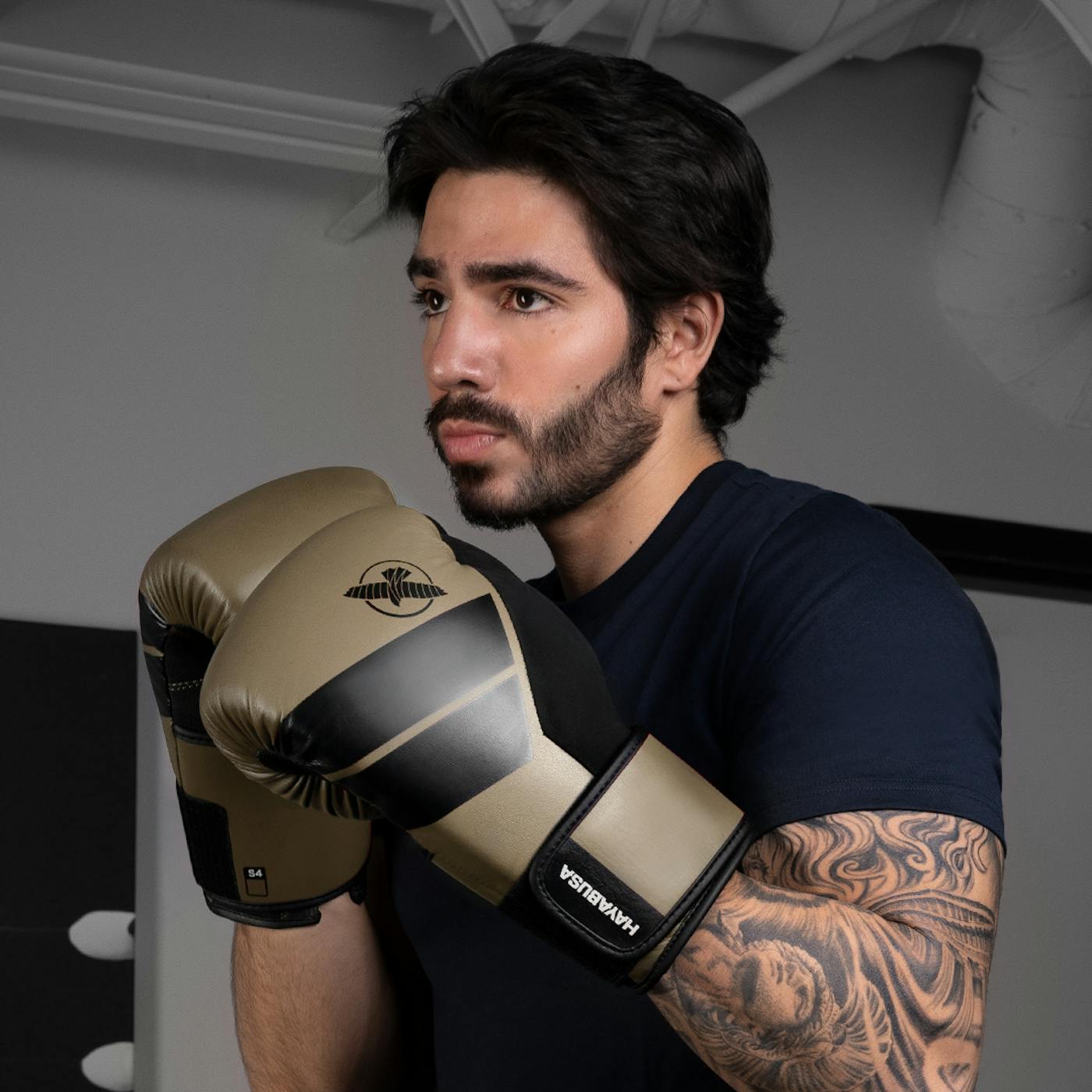New to boxing? First, you must start with the basics.
Even champion-level fighters had to master the boxing fundamentals before evolving their style and developing their signature moves.
Every beginner begins by learning the six core boxing punches. Knowing how to throw each strike effectively is important whether you’re a fitness enthusiast, aspiring competitive athlete, or somewhere in between.
This article takes you through the basic boxing punches, in addition to the punch number system, as you refine your technique and create your unique strategy.
Ultimately, a strong foundation in learning how to punch properly is the sure way to create long-term success.
Understanding the Boxing Punch Number System
There are six types of punches, and boxing instructors follow a standardized 1-6 punch system as they guide combinations to give you a feel for the flow of using them together.
Odd numbers refer to the lead side punches, and even numbers indicate the rear side. As an example, a 1-2 punch involves a jab-cross combo.
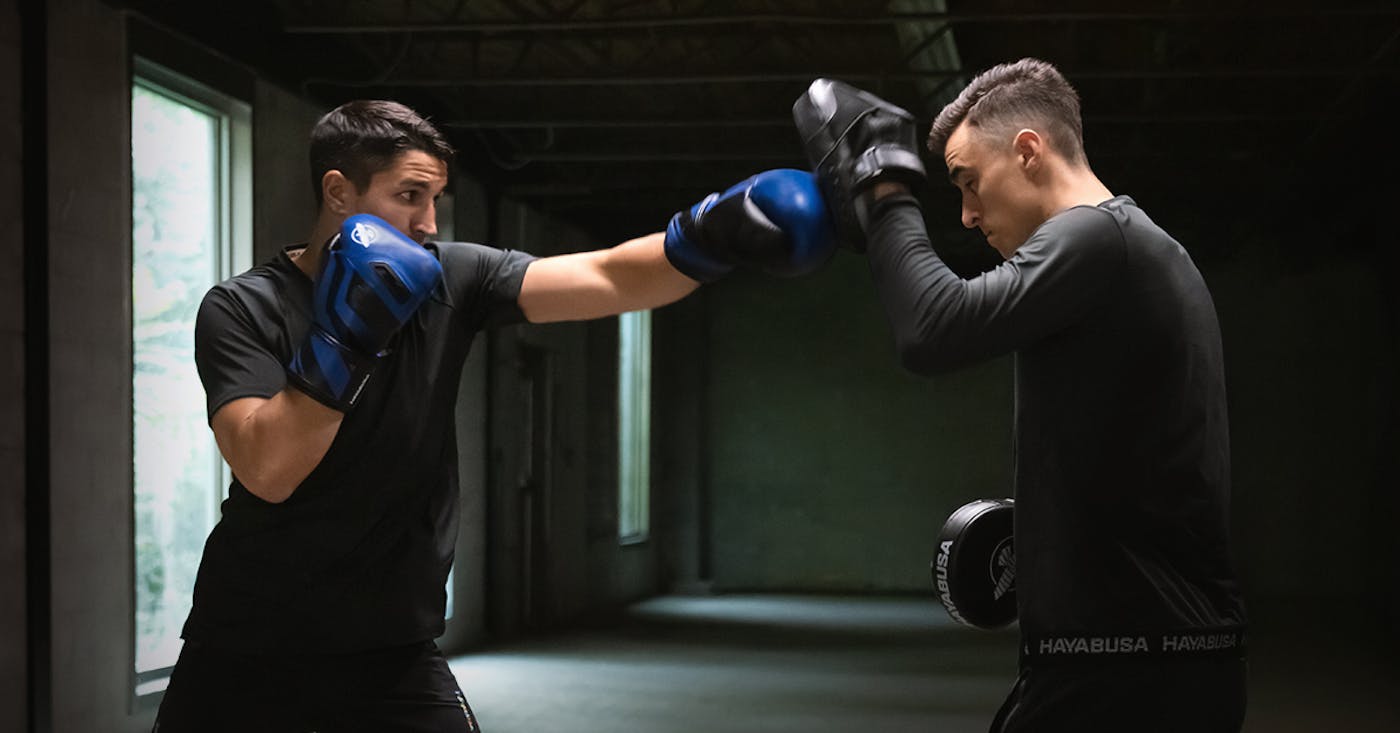
The 6 Basic Boxing Punches (With Technique Tips)
Let’s take a closer look at each of the basic boxing punches, especially after adding in the combination of rear and lead punches for each type.
Jab (1)
A jab is a straight-on punch with your rear hand. The purpose of the jab is to get the punch combo set up.
It also establishes distance between you and an opponent or heavy bag during sparring and shadowboxing drills.
When throwing a jab, fully extend the arm without locking out the elbow. It’s intended to be a quick, in-and-out punch and doesn’t require any arm windup.
Cross (2)
A cross punch is thrown with your lead hand. It’s considered the power punch following a jab.
Rotating the hips and pulling the lead shoulder back provides leverage to then drive the strike from the power of the rear foot.
It’s important to fully follow through on a cross punch for maximum impact and to prevent injury to the shoulder, elbow, and hand.
Lead Hook (3)
The lead hook boxing punch is intended to throw an opponent off balance.
With the elbow set in line with the hand and knees bent, use the lead foot to pivot as you punch, using momentum and body weight to follow through on the punch. At the same time, the rear hand guards the face.
Rear Hook
This mid-to-close range strike is also used to catch an opponent off-center and is often used as part of jab-cross boxing combinations.
The force comes from the rear foot. By twisting the back hip and torso and maintaining the same hand-elbow alignment as the lead hook, the transfer of motion follows a curved path to connect with the opponent’s head or body.
Lead Uppercut (4)
While the first few basic boxing punches are intended for the head and upper body, the uppercut is an attack below the opponent's guard. It’s important to keep the elbow and core tight when making the small movement.
Without fully pivoting the leg, the upper cut is delivered by dropping the lead leg to drive the upper cut up and out in a series of strikes or one hard punch.
Rear Uppercut
Same as the lead uppercut, but from the opposite side, this explosive inside punch helps to create space between you and an opponent. The technique involves rotating the tips and shoulders upward to deliver the punch.
Once you have each of these types of punches down, you can begin using them in combination to work on speed and accuracy.
Hayabusa Hex Mid-Thigh MMA Shorts

Hayabusa S4 Leather Boxing Gloves
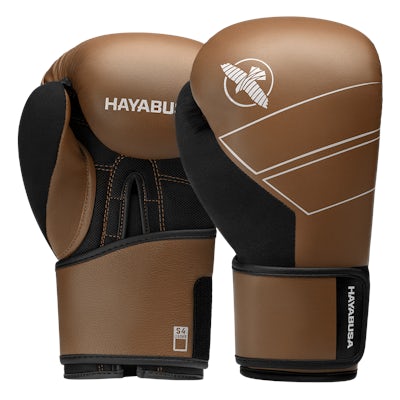
Hayabusa T3 Boxing Headgear

Hayabusa T3 LX Shin Guards

Why Beginners Should Master Core Punches First
Going through the punches individually is vital to eventually creating smooth motions and landing powerful strikes. Learning how to punch in boxing allows you to:
- Build muscle memory - In the beginning, you’ll slowly learn each punch as you perfect the technique. However, boxing is about quickness, so it’s important to train your muscles to direct strikes quickly while at the same time maintaining your guard.
- Forms the base for advanced combinations - As you gain confidence in landing these core punches, you’ll be able to strategize different boxing combinations to confuse opponents and gain the upper hand.
- Helps develop timing, accuracy, and power - A significant part of boxing training is developing a rhythm to understand the timing of punches. Not everyone is intended to be a knockout blow. However, harnessing your power and focusing on accuracy will ensure every strike is effective.
Punching Practice Makes Perfect
The punches you learn as a beginner or the same every fighter must establish before they develop their own technique. Always make sure to focus on form and maintain training consistency as you advance to the next level.
Mastering beginner drills properly prepares you for more complex boxing combinations and sparring challenges, whether you’re working with a heavy bag, a fight partner, or a trainer.
Hayabusa also helps you cover the basics when it comes to boxing gear. The Boxing Starter Pack is a must-have for any boxing newbie to give you what you need to unleash your inner fighter.
